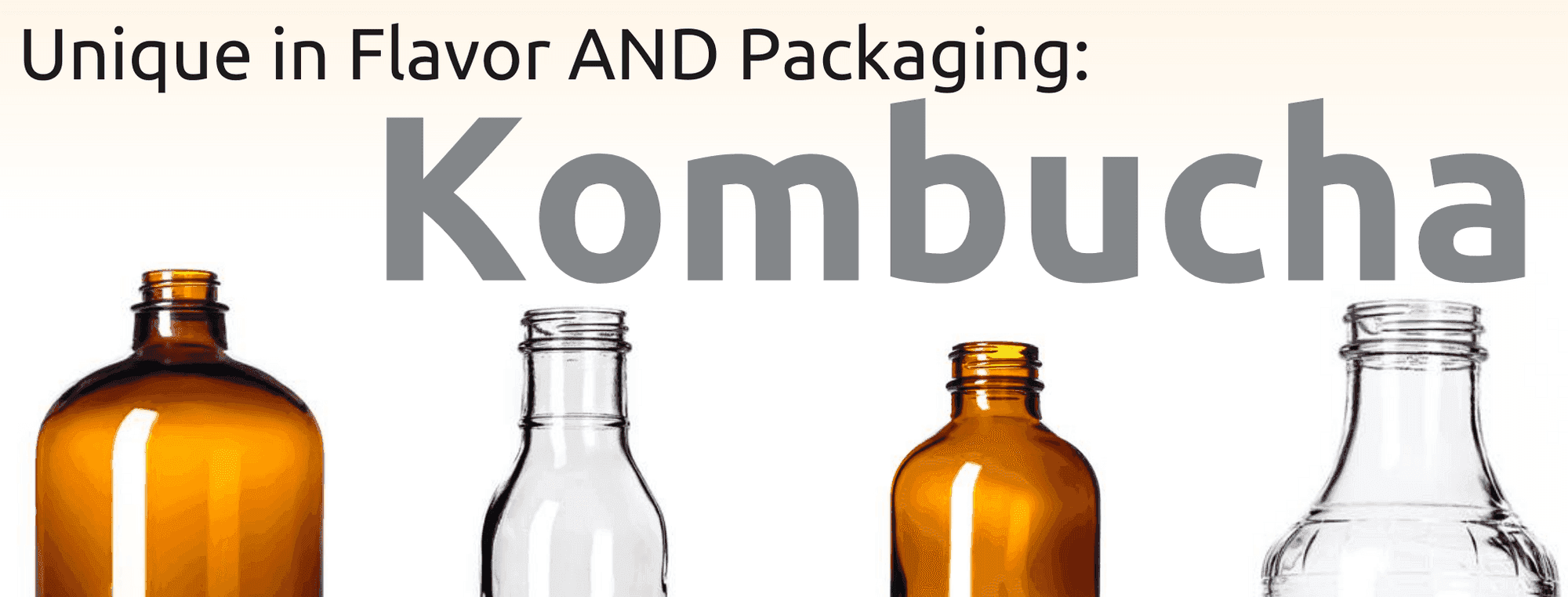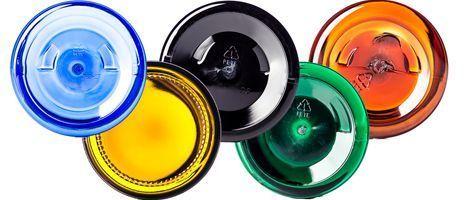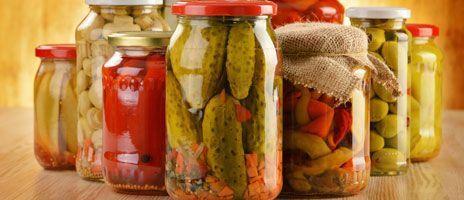Tips on Bottling Kombucha


Oh sweet, sweet bubbly drink. Carbonated beverages are everywhere these days. From fizzy water to cans of soda, the popularity of such drinks means the packaging should be easy as pie, right? Well not exactly.
First of all, not all carbonation is created equal. We could bore you with the details, but basically, you need to make sure your product doesn’t explode! Yikes.
But fear not, we're here to help you. Let's start with Kombucha. When packing kombucha, consider these three parts.
- The perfect bottle
- The right lid
- Tamper evidence
Details below can help you pick the perfect fit for your product.
Bottles
For the bottle, it's important to use food-safe and pressure-tested glass bottles. Typically, amber and clear options reign supreme.
Amber blocks out UV light which is harmful to kombucha microbes if you store it in heavily lit areas. Clear bottles are great because you can see the contents inside, which allows the brewer to monitor the second fermentation process.
From where we stand, you can't go wrong with either of these bottle styles:
- Boston Round: classic shape, variety of colors, various sizes, recommend 28-400 neck finish
- Stout / Syrup: typically clear, variety of shapes and sizes, recommend 38-400 neck finish
Lids
The lid you choose needs to be air-tight and strong enough to hold up against mild levels of carbonation. Most of these options will be threaded but there are other options out there. Here are some closures we stock that could work for your fermented brew.
- Foam lined lids: plastic and metal lids with a thin foam liner that stays in the cap to help keep the carbonation locked in and fresh
- Polycone lined lids: cone-shaped plastic plug acts like a cork, makes an extra tight seal, and is good for larger bottles that will be opened and closed multiple times
- Plastisol lined lids: only found in metal lids, slightly compressive rubber-like feel that helps create an air-tight seal when closed tightly
A word from the wise “ just be sure any of your metal lids are completely covered underneath with a liner. If not, your lid could rust, and that would certainly be unique on the palate, but not recommended!
Tamper Evidence
The third important piece is tamper evidence. Its job is to give your customer and retailers peace of mind knowing no one else has tried their drink before first. Some tamper evidence can even help to keep the lid from twisting off during shipment. Win-win!
Shrink bands are a great option because they are inexpensive, readily available, and easy to apply with a heat gun. They often come pre-sized for specific bottlenecks, so make sure the band you pick will match the bottles you buy.
You’re all set!
Packaging your kombucha is as easy as 1, 2, 3! Your last step should be testing your packaging. Always use the proper precaution when testing and handling a pressurized product in glass packaging. Many of our containers are pressure tested, but you may find the lid and bottle may not be strong enough for a heavily carbonated kombucha. Shop, test, taste, and happy bottling!




